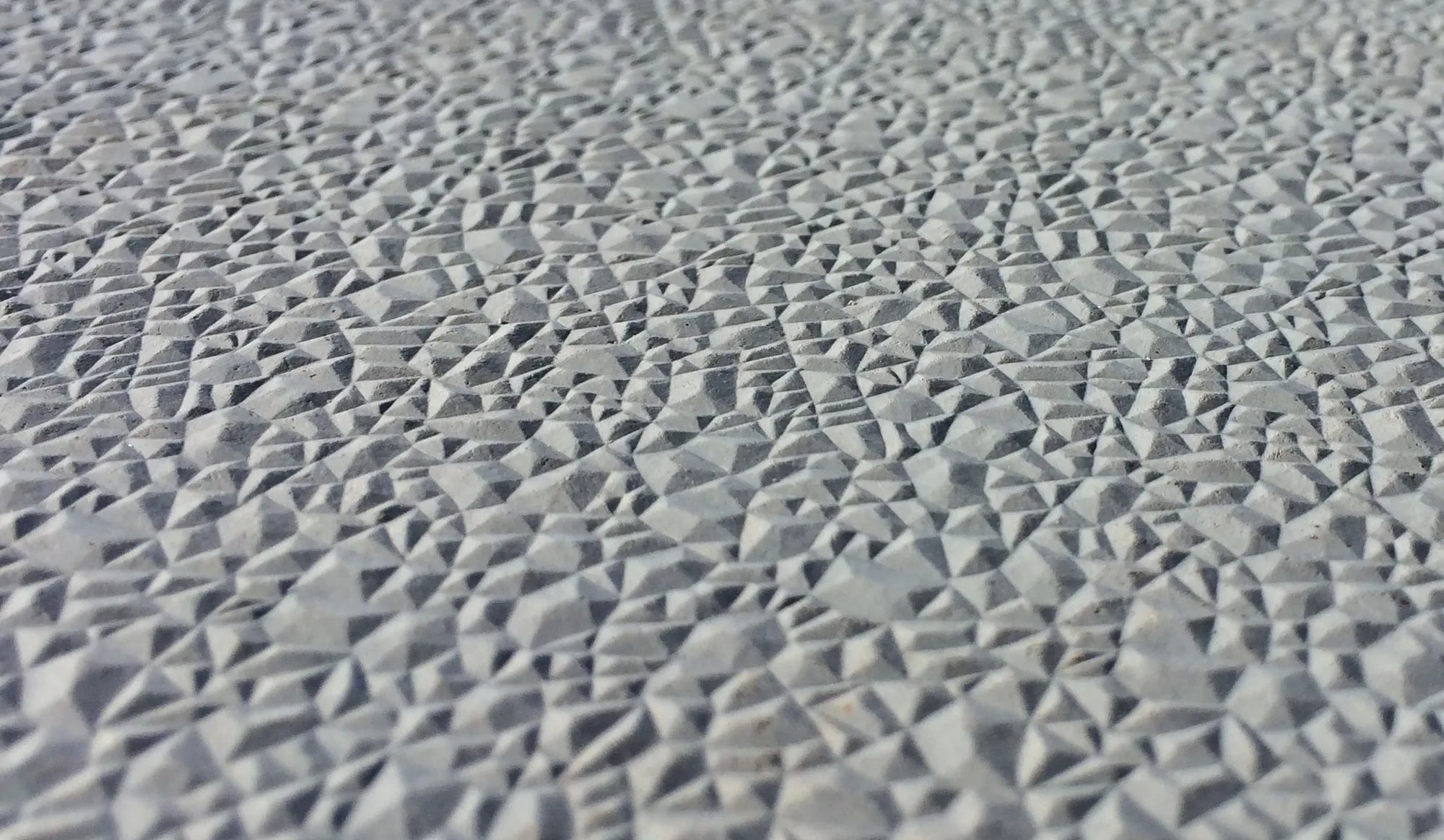
11. juli 2025

Når man overvejer at bruge elementer i ultra højstyrkebeton (UHPC) til et projekt, er en tilbagevendende bekymring fra entreprenøren, om det er muligt at reparere UHPC-elementer, der bliver beskadiget eller snavset under installationen eller den efterfølgende byggeproces.
Dette er en legitim bekymring, fordi a) det er ikke realistisk at antage, at alle elementer vil komme igennem byggefasen uden at en eneste bliver beskadiget, og b) reparationsmørtel og teknikker, der normalt bruges til konventionelle betonelementer, er utilstrækkelige til at sikre tilstrækkelig kvalitet af reparationerne.
Reparationer kan opdeles i to typer: Mindre (overfladiske eller æstetiske) reparationer og større (strukturelle) reparationer. Generelt kan mindre overfladiske reparationer udføres af entreprenøren, mens strukturelle reparationer kræver en specialist for at sikre, at elementets strukturelle ydeevne og holdbarhed bevares (eller genoprettes).
Hvis reparationen er mindre end 1-2 mm dyb og dækker et areal mindre end et A4-ark, kompromitterer det ikke dæklaget betydeligt og kræver ikke en specialist af strukturelle årsager.
Hjørner og kanter er svære at reparere, især på trapper med høj slidbelastning eller på brystninger, som man rører ved med hænderne. Men de fleste andre steder er det sikkert at foretage mindre reparationer selv.
Hvis årsagen til skaden er brand, større stød, eksplosion eller lignende, er risikoen for skjulte skader sandsynlig og bør vurderes af en specialist før reparationer. Men "normale" stød (at tabe mindre udstyr eller rekvisitter, elementer der børster mod hinanden eller andre bygningsdele under installation) er normalt ikke en bekymring.
Funktionen af den beskadigede del kan nogle gange være kritisk. Et eksempel kunne være et hjørne, der bruges til at forbinde to elementer ved hjælp af dyvler – enhver skade på det område kunne kompromittere forbindelsen og dermed den overordnede sikkerhed. Et andet eksempel er skader tæt på kritiske indsatser eller på indsatserne selv.
Og selvfølgelig, når du er i tvivl, så spørg os om råd – et par billeder via e-mail eller mobiltelefon er typisk nok til en hurtig vurdering af, om det er muligt at reparere selv eller ej.

Vi står klar til at hjælpe dig!